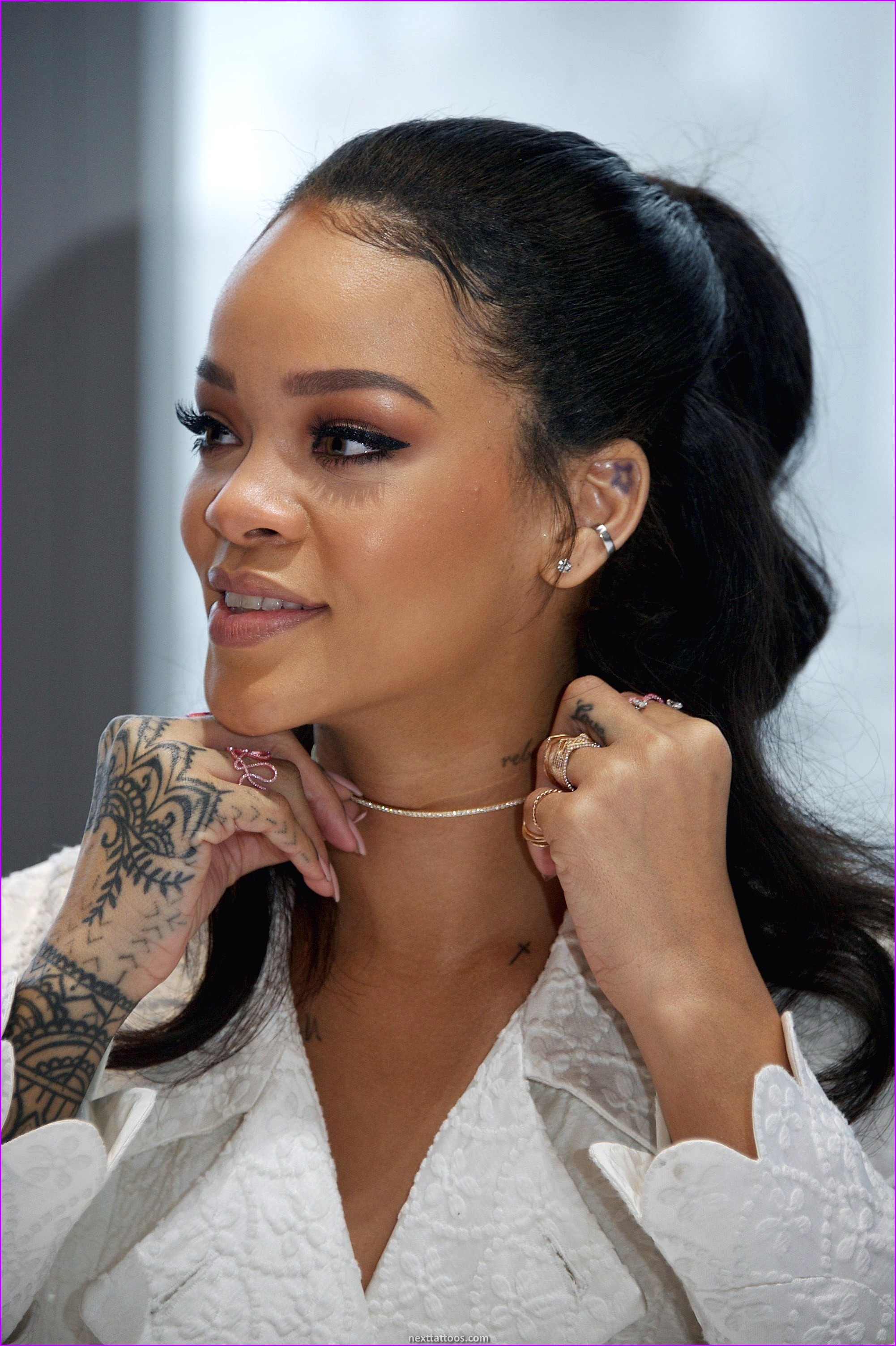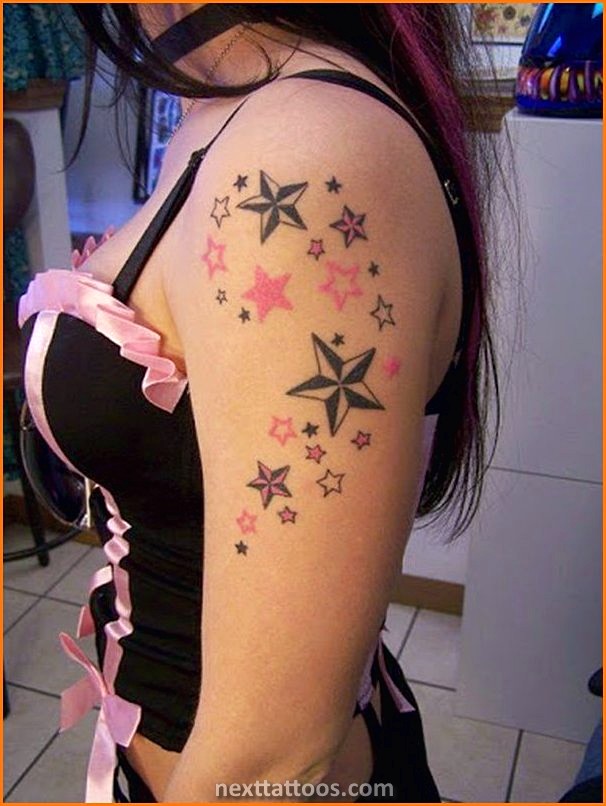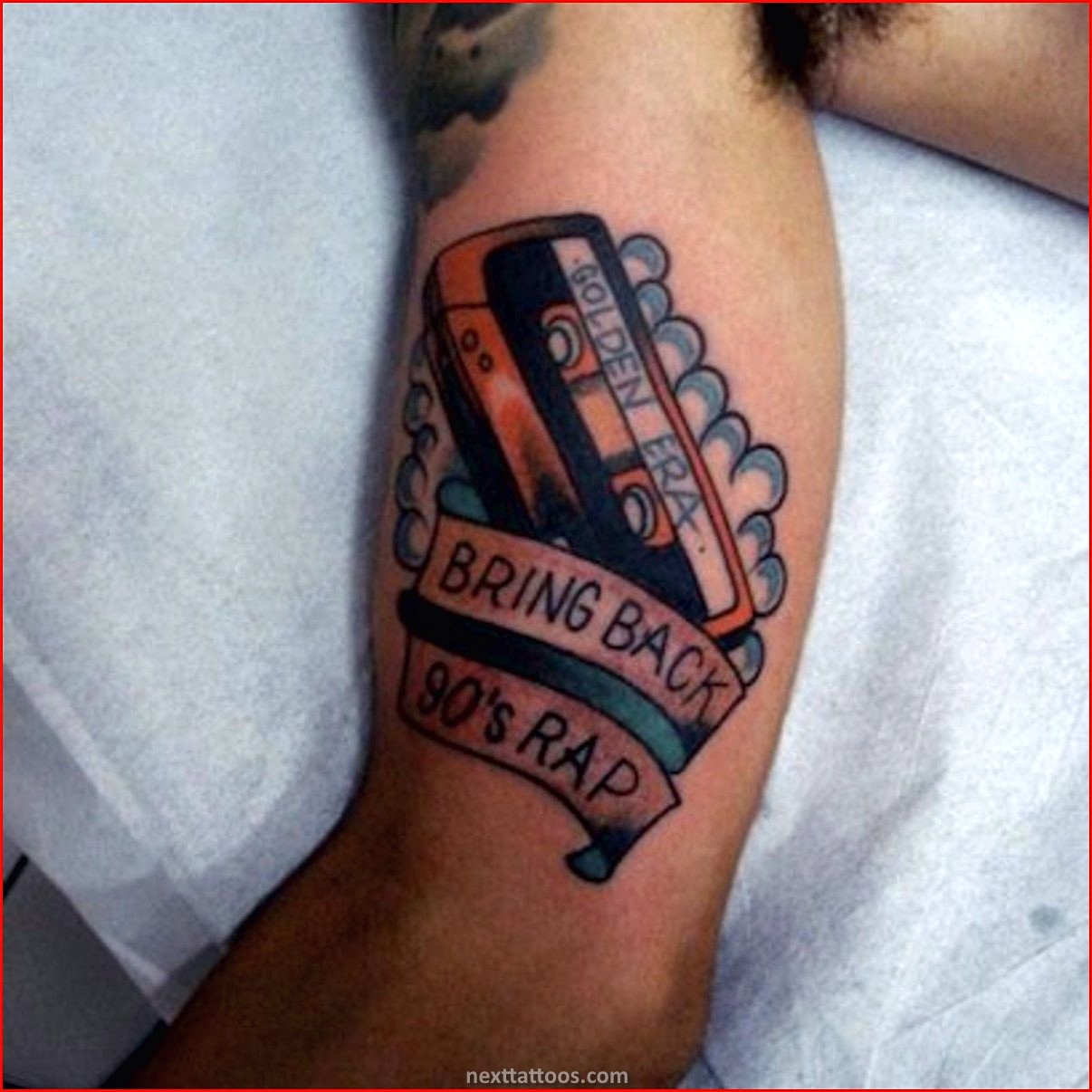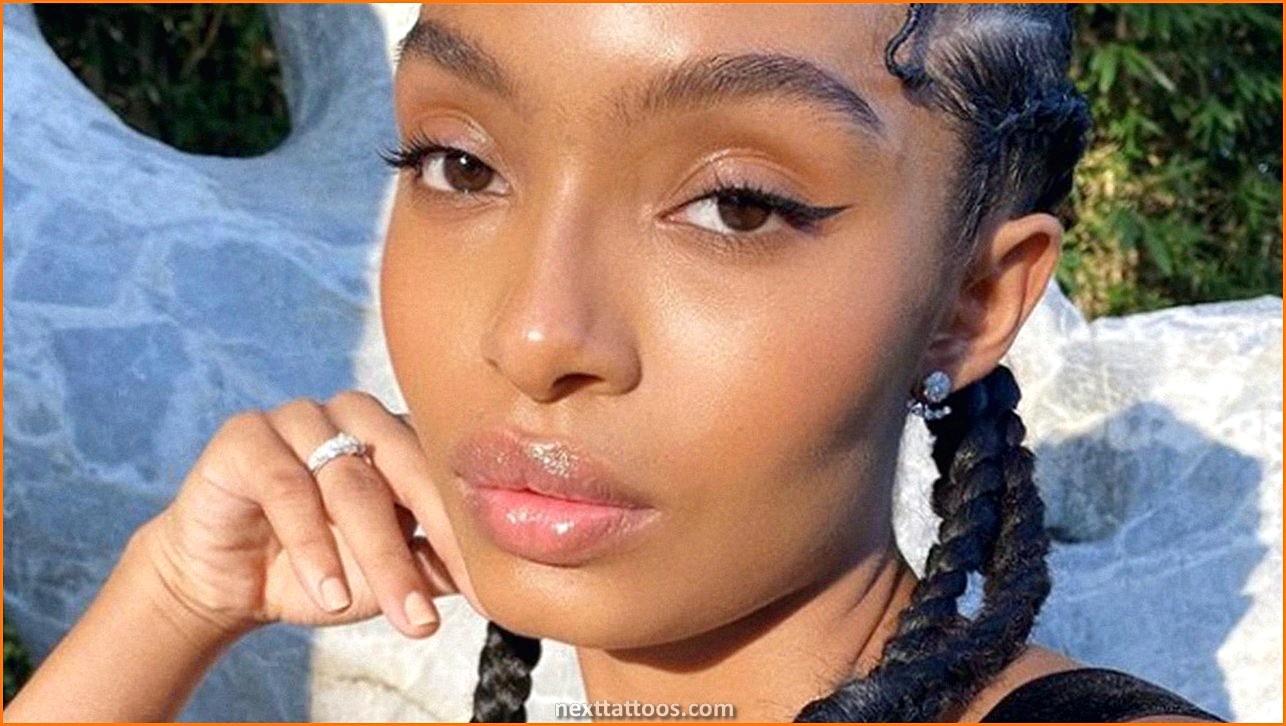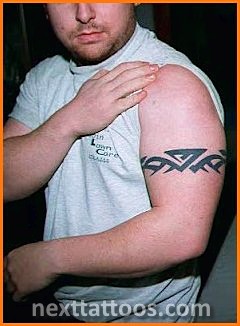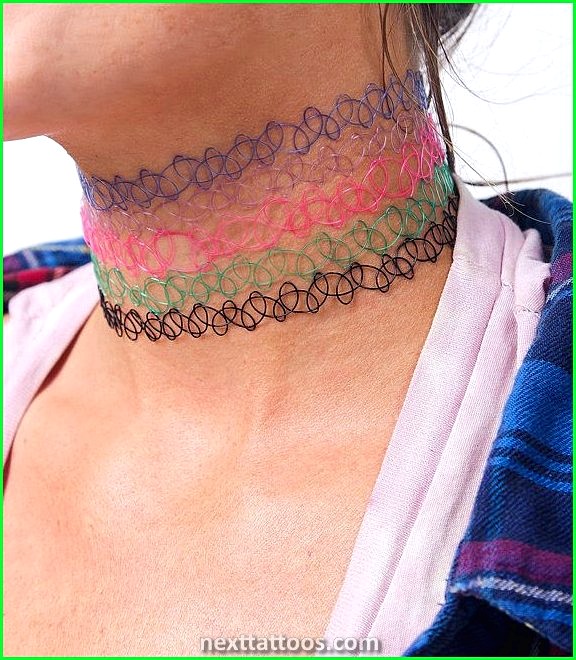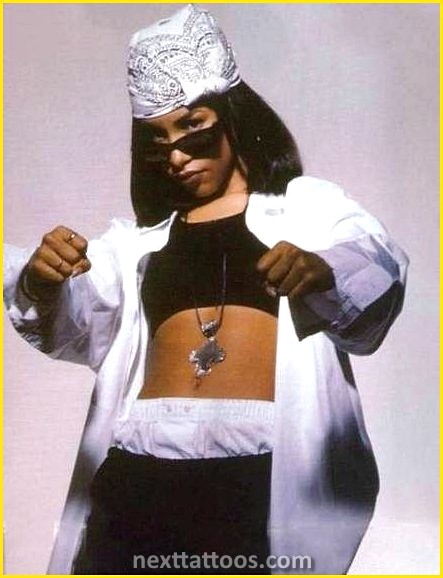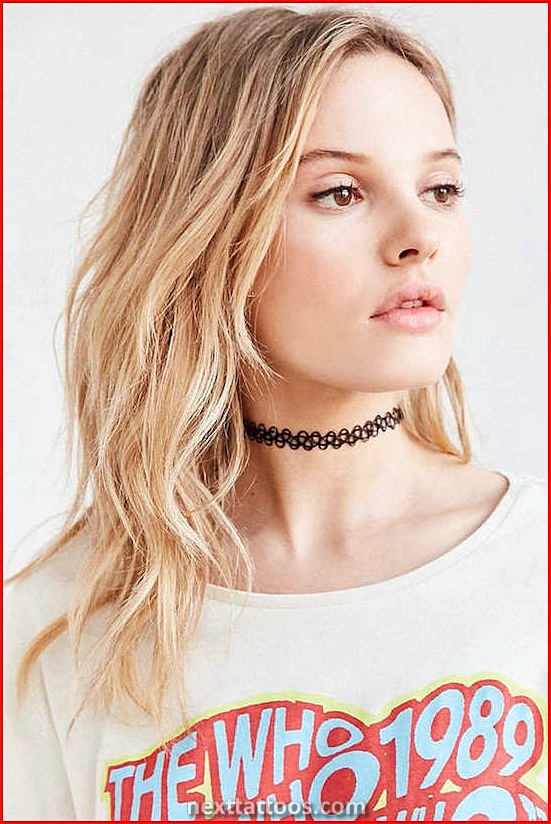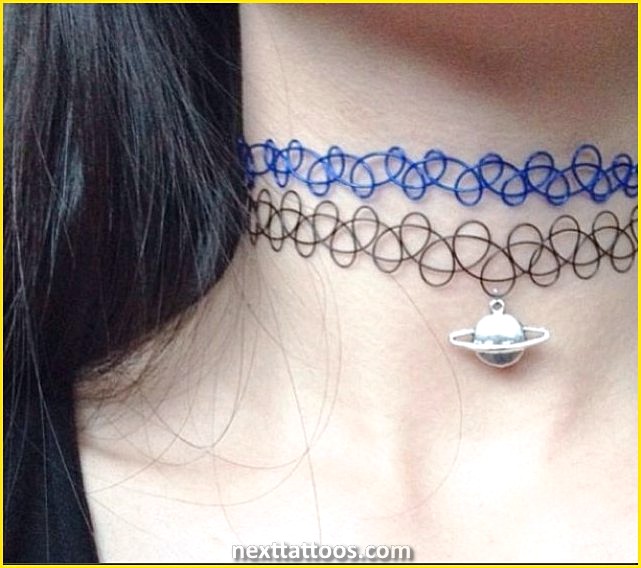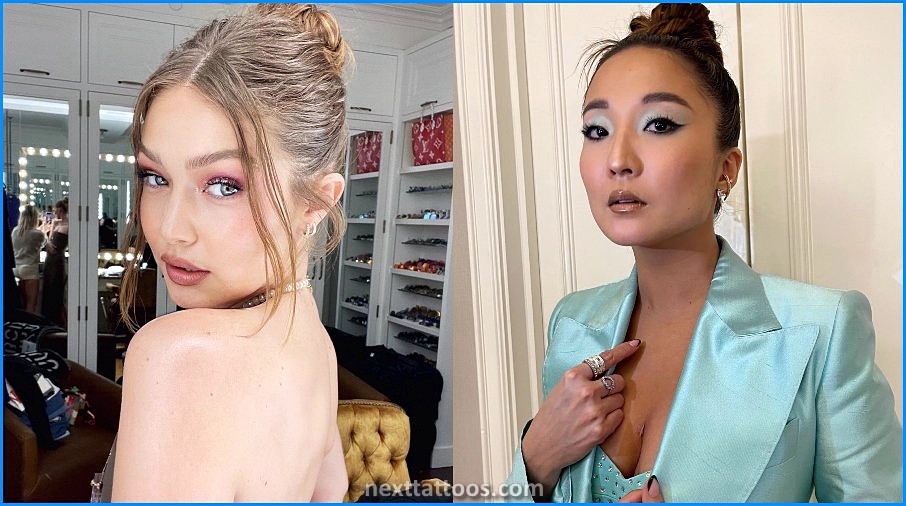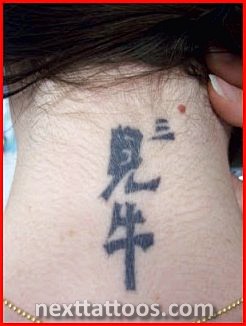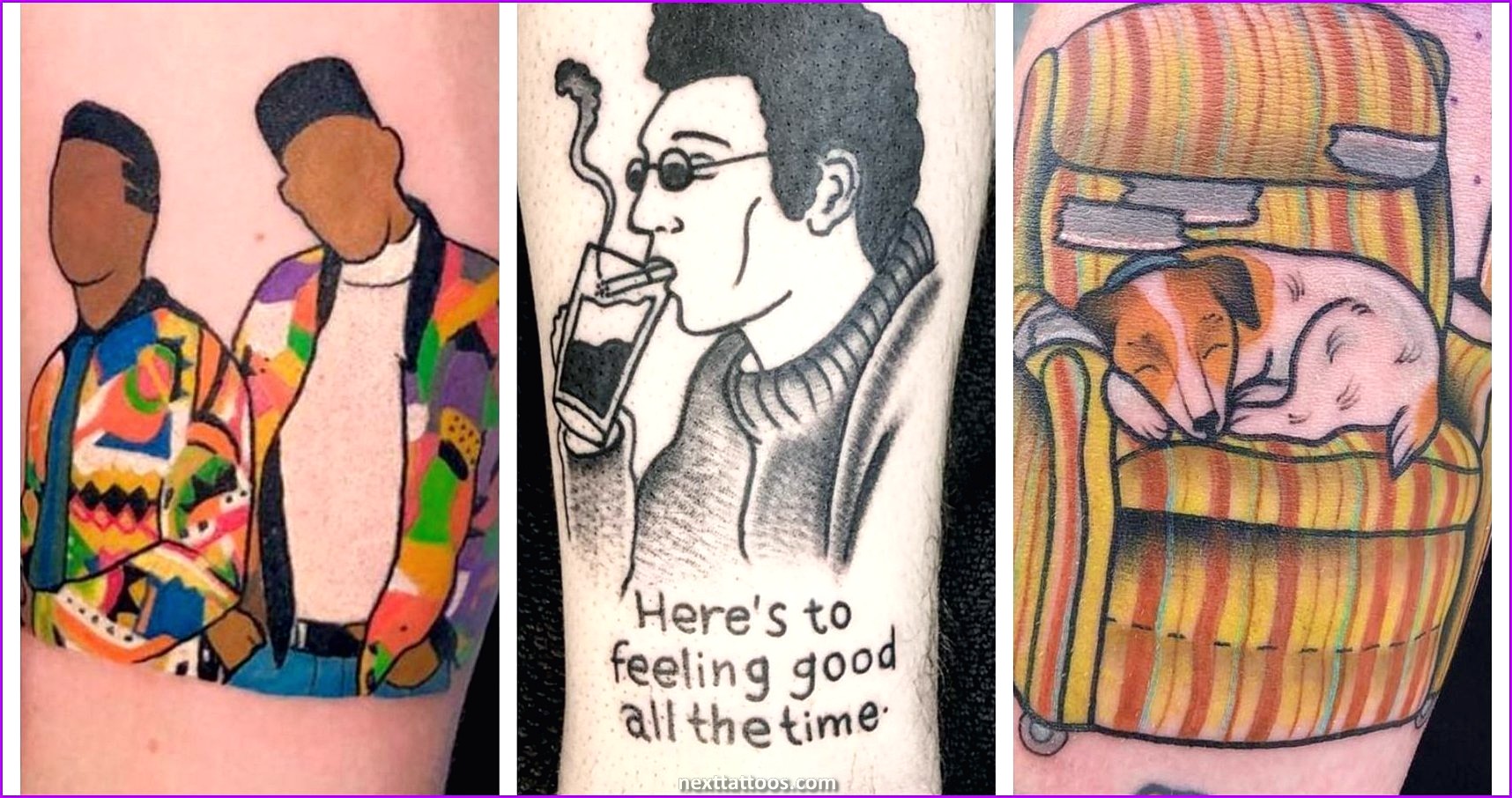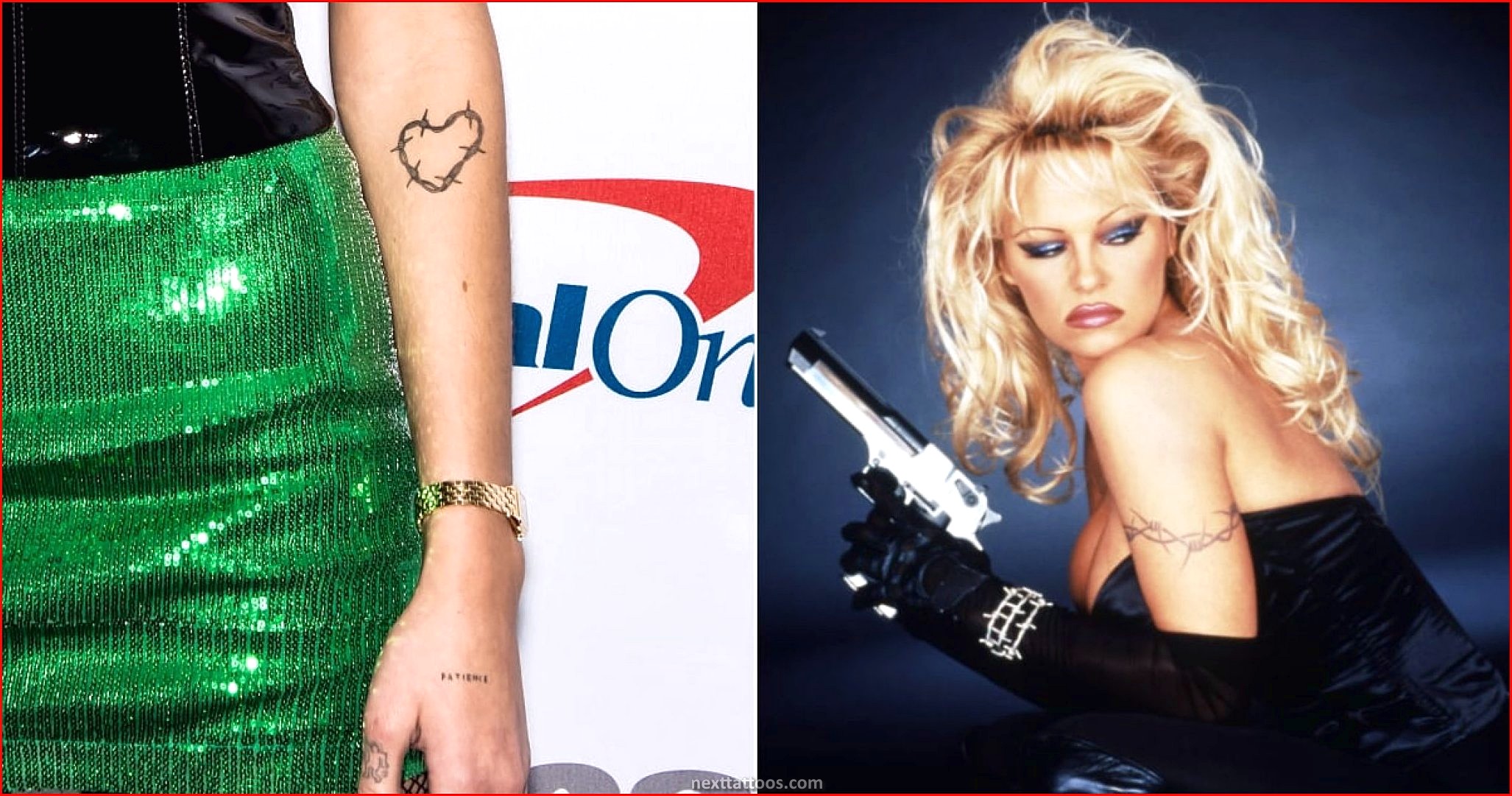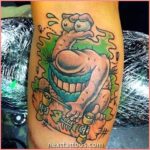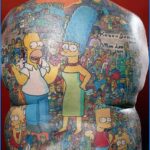90s Tattoo Trends
The ‘noughties’ were the heyday of tattoo design. Lower back and wrist band tattoos were the norm, as was a small finger with a novelty moustache. Musician Rihanna made them popular, introducing trendy star tattoos. The ’90s were the era of Yin Yans and butterflies, as well as other body art. Punks and emo kids flocked to body art that complimented their teased hair. Cartoon and anime inspired designs became popular.
A common motif was a cross with wings. During the emo craze, young teens sported feather hair accessories, often in the form of clip-ons. Feathers symbolize freedom, bravery, and protection, and they have Native American connections to spiritual protection. Angel wings tattoos were another popular trend, but this trend was hit or miss. The Biblical wings of angels don’t translate very well into a tattoo design, and many artists depict them with closed wings instead.
Trash polka tattoos were another popular trend during the 1990s. The design was an interesting name, and they were a hodge-podge of images. Trash polkas were a fad in the late 1990s and early 2000s, but are still a popular design. Unlike traditional tats, Trash poodle tattoos aren’t for people with OCD tendencies.
The ’90s saw a massive rise in the popularity of tribal tattoos. These designs were free-hand or large stand-alone pieces. Most were placed on the ankles and biceps. Celtic knots also became popular during this time. This trend is still very popular today, and many people still have these designs. Just remember that tattoos of this era aren’t for everyone, so make sure to do your research before making a decision.
The ’90s brought a new wave of ’90s tattoo trends. These designs are bold, colorful, and playful. They are reminiscent of ’90s kids’ favorite TV shows, and Lisa Frank tattoos are still among the most popular ’90s designs. However, they’re also great for men, and can make a stylish fashion statement. In addition to these, ’90s tattoo trends include ’90s pop culture symbols and logos.
In the late ’90s, tribal tattoos gained popularity, particularly those with a tribal design. These designs were typically freehand and full bands, with pointed and intricate designs. During this time, the popularity of Celtic knots increased dramatically. In general, these trends lasted until the mid-2000s. They are not as popular today as they were back then, but they are still popular. They have even outlasted the ’80s and are still popular in the 1990s.
During the 90s, the popularity of tribal and colorful tattoos began to fade, but they’re still popular today. These designs are inspired by traditional Polynesian and South American art and are considered to be extremely popular. The 1980s also saw a rise in popularity of thick blackwork tattoos. In addition to tribal tattoos, colorful designs were also popular during this time. Most men and women in the 90s had a huge hairstyle.
The ’90s were also a decade of tattoo trends. Whether you’re a hippie or an adolescent, ’90s tattoos are both fun and colorful. The trend of corsets was particularly popular, but you don’t have to be a hippie to have one. You can get the same type of design by visiting a professional in your area and choosing the best artist for the style and color.
There were also some ‘fun’ tattoo trends during the ’90s. In addition to tribal tattoos, people got patriotic-themed and nautical-themed tattoos. In addition to these, there was a rise in women getting these tattoos. This trend also brought back the popularity of ‘fingertache’ designs. In the 1990s, women started getting fingertats with mustaches. Some were inspired by Movember and prostate cancer awareness, while others just wanted an instant disguise.
Despite their uniqueness, tattoos from the 90s were generally not considered ‘trendy’, although they were still popular during this time. Interestingly, they were often more popular than their counterparts, but this wasn’t a trend that was rooted in social standards or gender. The trend continued to be popular, but the 90s were particularly vibrant in terms of tattoo design. And while the ’90s were a period of creativity, they were also marked by the emergence of various symbols and colors.
